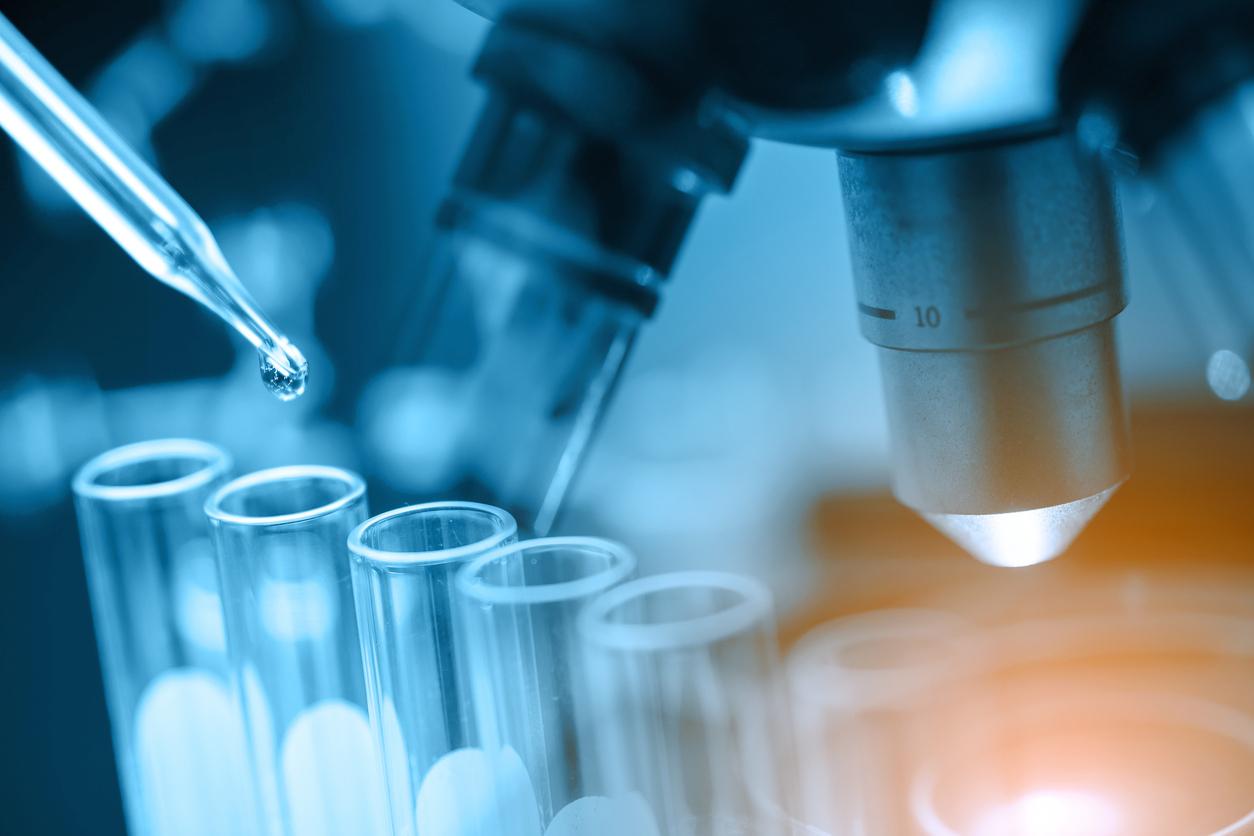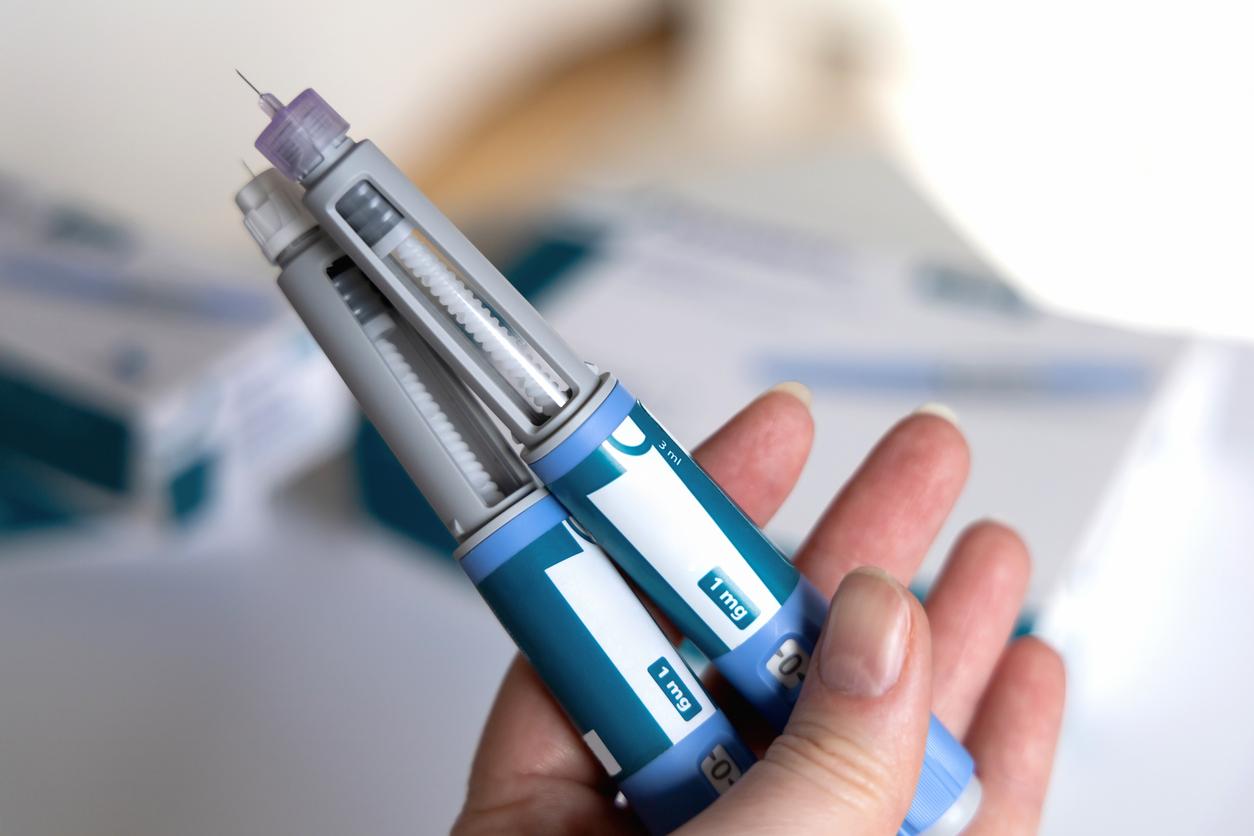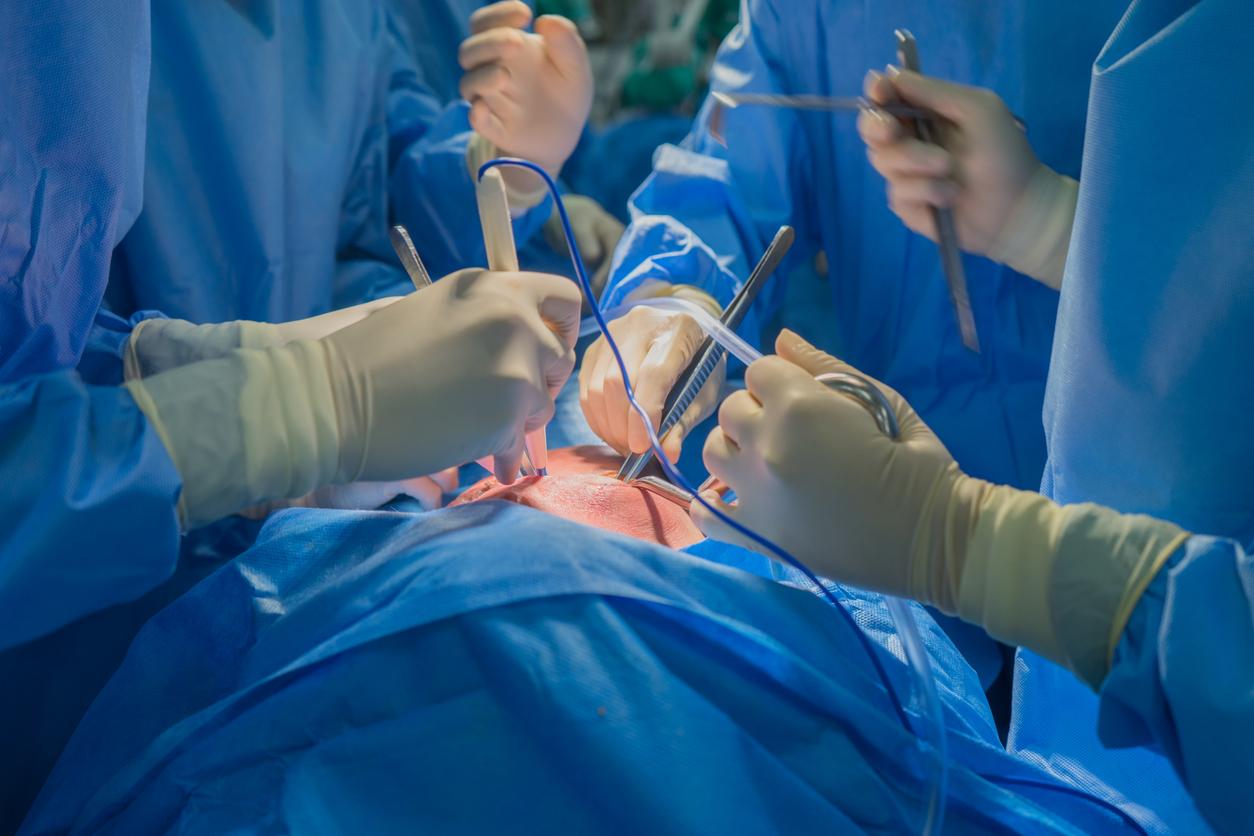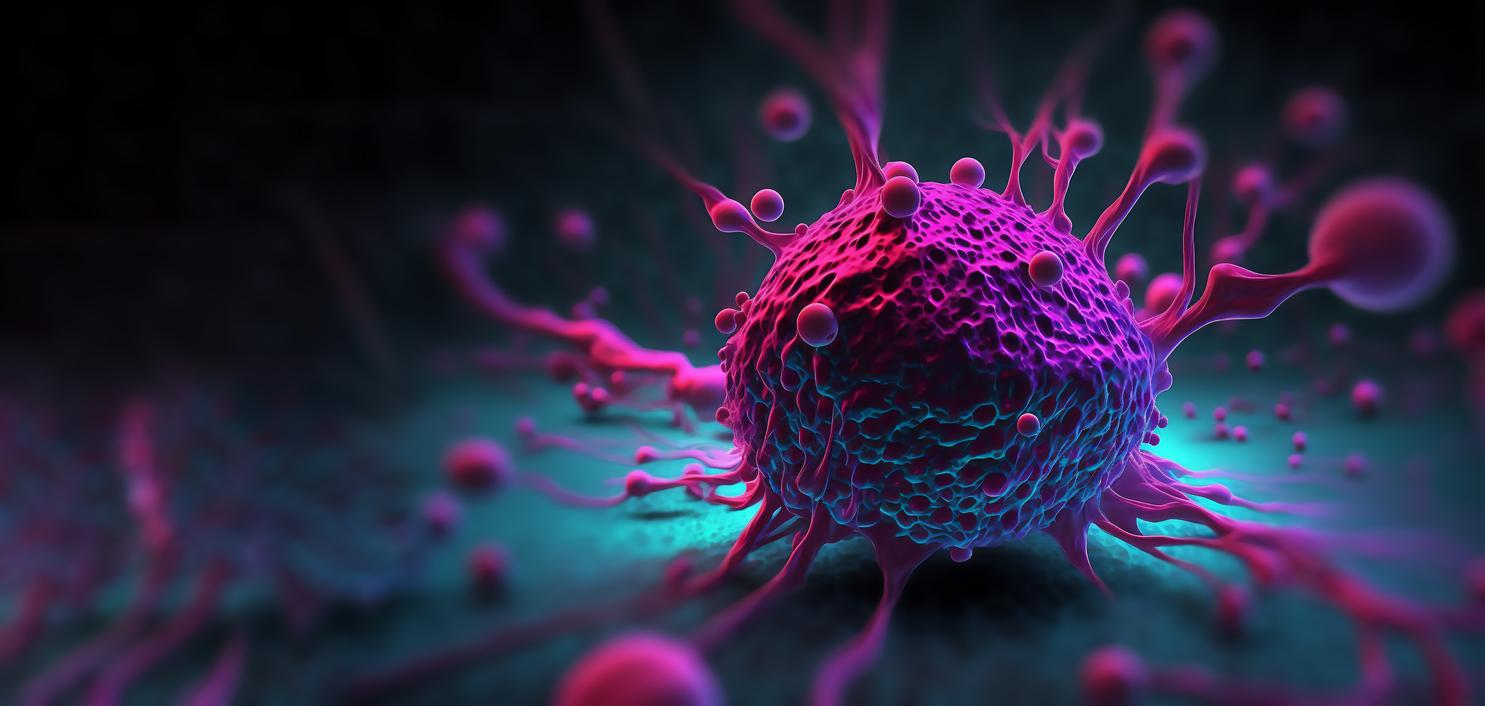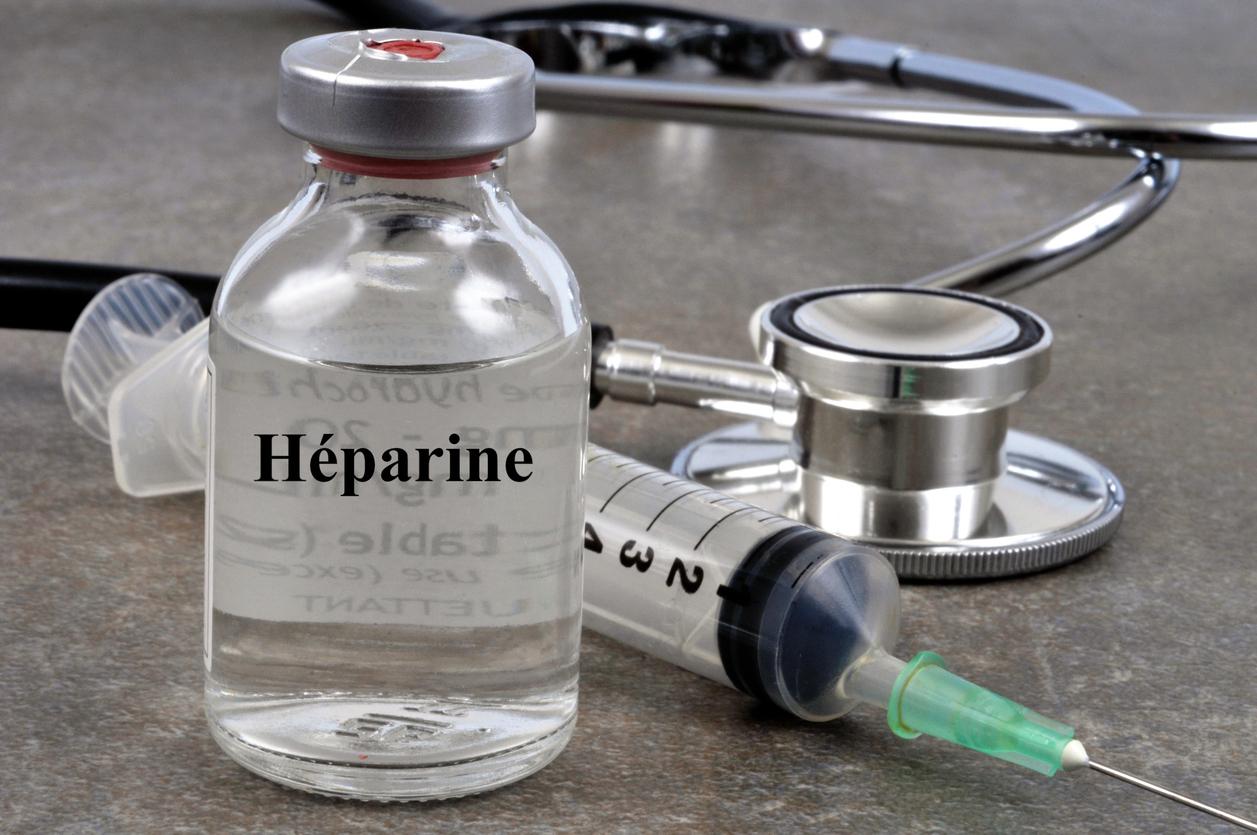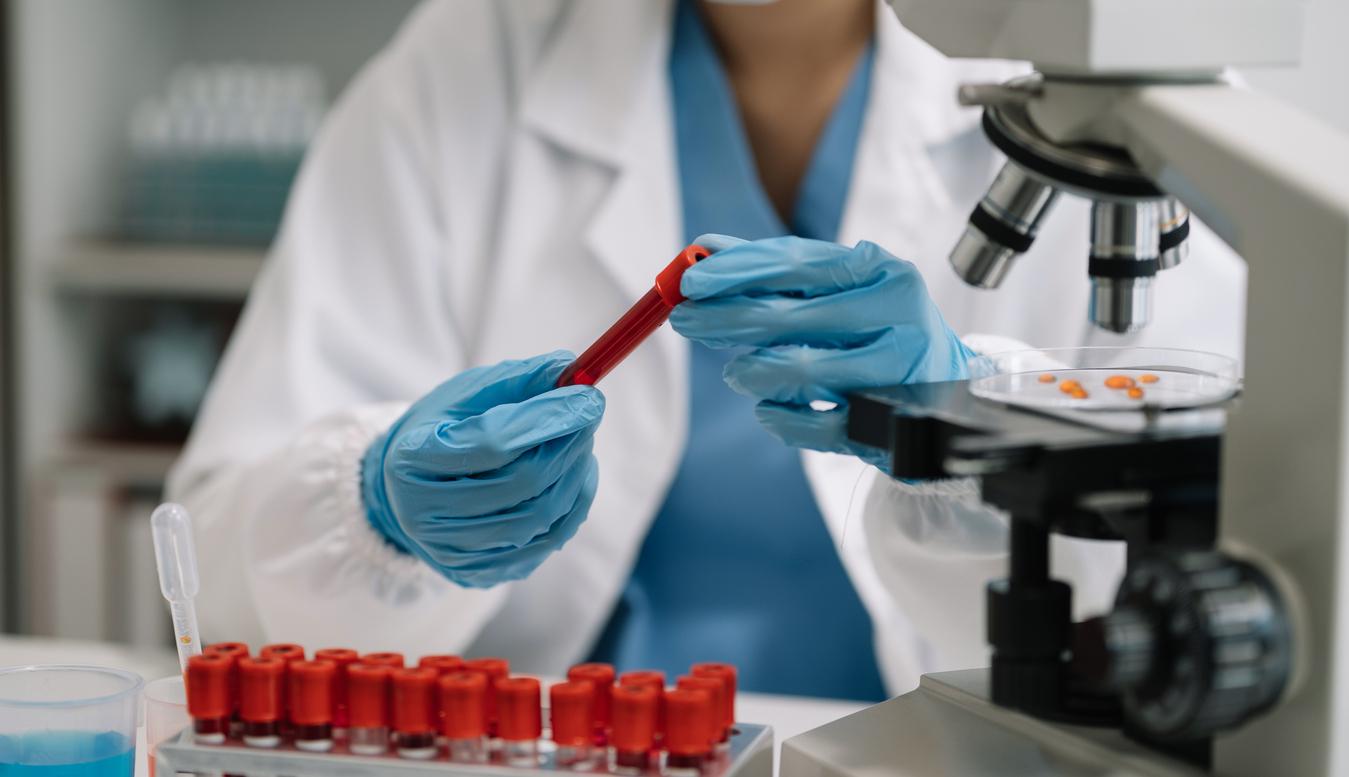The Laboratory of Experimental Organogenesis of Laval University (LOEX) and the Research Center of the CHU de Québec have successfully carried out the first cornea transplants reconstructed in the laboratory by tissue engineering (the aim of which is to create artificial organs for patients with need for organ transplants) in 6 patients.
Autologous corneal epithelium culture (ACSC) is a laboratory reconstructed cornea made to treat patients with corneal stem cell deficiency caused by burn or disease in the an eye.
“CECA is made from stem cells found in the patient’s healthy eye. They are grown on a biodegradable medium and are subsequently transplanted into the eye affected by the disease. It is thanks to tissue engineering that this autologous product (cells cultured from those of the patient) explains Dr. Lucie Germain, professor at Laval University in charge of the team that carried out this corneal reconstruction.
A promising treatment
This clinical study is the first step to be able to use this new form of therapy and treat patients with stem cell deficiency. the cornea. This type of transplant can improve the vision of patients who have been affected by chemical burns, allergies to antibiotics or congenital diseases that have destroyed the stem cells in their cornea.
“Pathologies or lesions of the cornearepresent, in total, more than 3% of all clinical consultations. The consequences of a deficient corneal healing can be serious and lead to reduced vision or even blindness ”, underlined Dr. Richard Bazin, ophthalmologist-corneologist at the University Center of Ophthalmology (CUO)
“The results in the six patients who received a short-term ACSC transplant (three months to two years) are very encouraging. Cells grown in the laboratory reform a stable corneal epithelium that renews itself after transplantation. Transparency is improved compared to the situation before the transplant ”says Dr Richard Bazin who performed the transplants.









